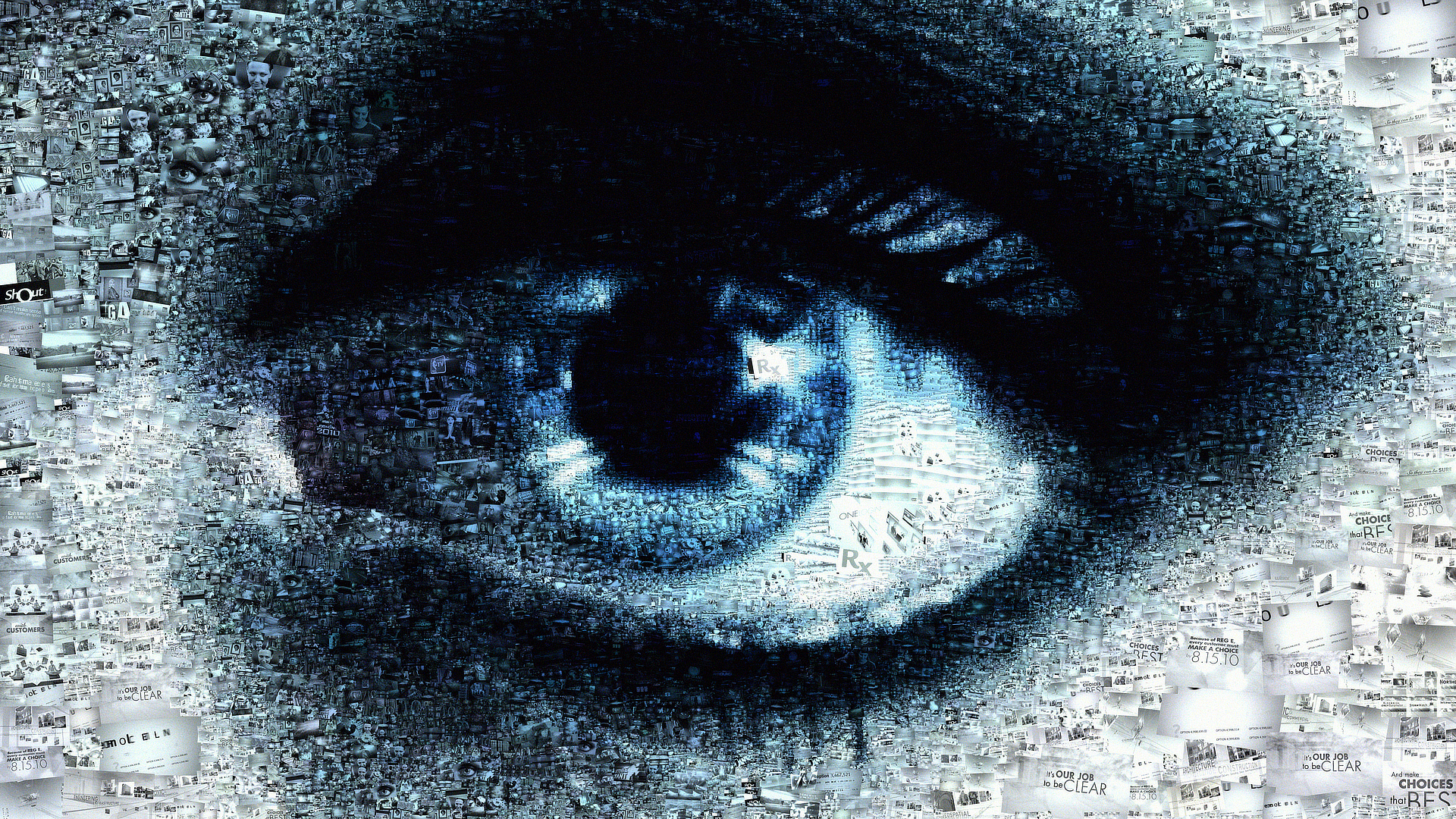Wise words from some of the icons that inspired and shaped my own state of mind: Jim Carrey, Carrie Fisher, Steve Jobs, and Robin Williams.
The Power of Positive Thinking (Norman Vincent Peale, 1952) is not only a must-read book, it’s a celebrated way of navigating life. Give it a read.
“You can fail at what you don’t want so you might as well take a chance on doing what you love. You will only ever have two choices: love or fear. Choose love and don’t ever let fear turn you against your playful heart.”
“Stay afraid, but do it anyway. What’s important is the action. You don’t have to wait to be confident. Just do it and eventually the confidence will follow.”
“You can’t connect the dots looking forward; you can only connect them looking backwards. So you have to trust that the dots will somehow connect in your future. You have to trust in something — your gut, destiny, life, karma, whatever. This approach has never let me down, and it has made all the difference in my life.”
“You’re only given a little spark of madness. You mustn’t lose it.”
“You know what music is? God’s little reminder that there’s something else besides us in this universe; harmonic connection between all living beings, everywhere even the stars.”
— Robin Williams, as Maxwell “Wizard” Wallace in August Rush, 2007


































































